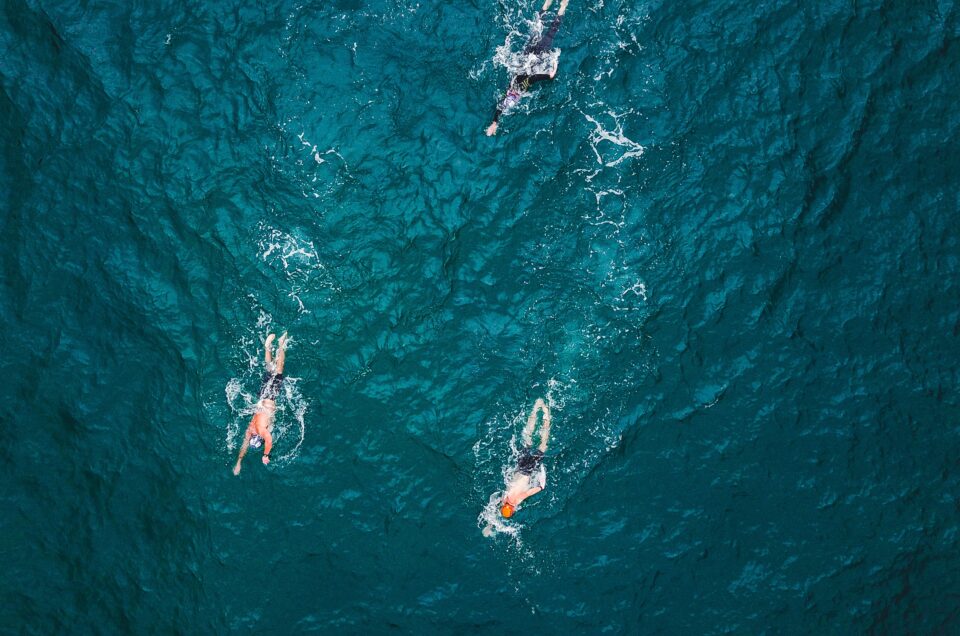Surfing is certainly a physically demanding sport. It takes balance, strength, and a whole lot of practice to become proficient in the lineup. But, people of all ages and fitness abilities can enjoy surfing.
The good news is that surfing accidents and injuries are highly uncommon. But just like any other sport, surfers can be prone to a few aches and muscle fatigues; especially after more intense sessions. Some of these include tightness in the hips, muscle stiffness, and sore shoulders.
Learning the ropes with a surf school like Uvita Surf School is the best way to ensure that you are learning the correct techniques to prevent injury and build the muscle memory needed to surf frequently.
A common question from first time or beginner surfers is “What can I do to get in shape for surfing before I hit the water?” Of course, the best way to get in shape for surfing is to surf. Nothing beats time in the water with your surfboard. But, when you are far away from the ocean, or when the waves are flat, there are some great ways to keep up with your fitness.
Here are our top recommendations to get you in great surf shape year round:
1. Practice Yoga
The mental and physical health benefits of yoga have been studied and proven to help with various sports, including surfing. Athletes often find that yoga complements the techniques of physical agility, balance, strength, and mindfulness necessary for their sports.
For surfing specifically, there are several moves that can help dramatically with your surfing posture and with catching more waves, including the following:
- Cobra Pose
- Plank Pose
- Downward Facing Dog
- Pigeon Pose
- Boat Pose
An important aspect of yoga is how it relates to mindfulness. Yoga relaxes the body and releases stress from the mind. Yoga also teaches you to stay calm and focus on the task at hand, which is good for everything, not just surfing.
2. Perfect your Pop Up
Another great way to get in shape for surfing is to practice your pop up technique at home.
The pop up is one of the most challenging things about learning to surf. It is very easy to get into bad habits which will hinder your pop up. Surf lessons with experienced instructors are the best way to prevent bad habits, but practicing your pop up at home will help a lot with your time in the water.
To practice the pop up technique at home, you will need a flat surface and a yoga mat. Practicing for 20 minutes a day, or around 15 to 20 pop ups a day, and you will notice a difference for the better.
There are some online courses that can give you a regimented fitness program catered to your pop up technique, if you find yourself having trouble and are not near a surf school. Watching videos online from professional coaches and professional surf athletes is also a great way to gain knowledge of good technique.
3. Do Breathing Exercises
Almost all big wave surfers practice breathing exercises, including holding their breath underwater for extended amounts of time, both in the ocean and in training pools.
A well known advocate of this mindfulness exercise is CJ Macias, who swears that this helped him prepare (as much as one possibly can prepare) for his big wipeout and multiple wave hold under at Nazare.
But, breath holding and breathing exercises are not just for big wave surfers. Surfers of all ages and levels of experience can benefit tremendously from this practice.
Also, breath holding exercises can be done from anywhere. You can do it on a plane, at the office, or underwater. Divers, along with surfers, recommend to take gradual steps and increase only when you are comfortable to do so.
According to Surfer Today, here are the first steps you can take to practice breath holding:
- Start breathing slowly for 60 seconds
- Take a deep breath in, then exhale everything
- Take a really deep breath in, and hold your breath
- Relax
- When you reach your limit, inhale deeply and recover
4. Swimming
Naturally, swimming is the best thing you can do to get in shape for surfing.
All surfers will eventually have to learn to be good swimmers. The ability to swim is important for safety, as well as physical stamina. Rip currents, broken surfboard leashes, and other hazards make swimming an essential skill to learn and practice.
Swimming has some excellent health benefits. Cross training in swimming will help with paddling for waves, especially in the freestyle swim stroke.
There are specific swimming exercises for surfers, which incorporate lots of cardio fitness. Make sure to rest in between reps and sets, to give time for your heart rate to lower.
If you do not live near an ocean and cannot do ocean swims, then gym pools are a good option. Bring with you to the pool or ocean a good pair of swim goggles, a well fitting swimsuit, and a swim cap or surf hat.







